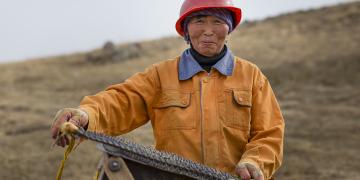Ministerial and Sectoral Alignment: a partnership-based approach to developing a Frugal Rehabilitation Methodology
Establishment of National FRM working group with government and sectoral stakeholders
Frugal Rehabilitation Demonstration (FRD): developing and adapting the methodology (FRM) through action-research
